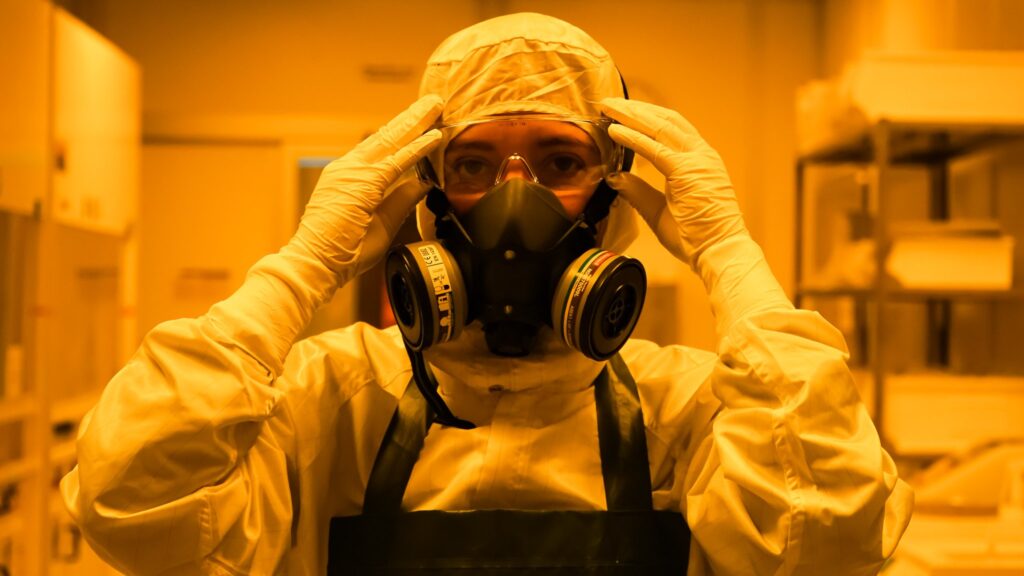As part of Portugal’s Recovery and Resilience Plan (PRR), INL actively contributes to the NGS Agenda, engaging in various research initiatives spanning the entire battery value chain. This involves establishing a comprehensive battery ecosystem, encompassing the production of battery components and the exploration of novel materials and processes for battery manufacturing. Yesterday, INL hosted the NGS Networking Day, organised by dstgroup. The morning session featured two roundtable discussions addressing topics such as the ‘valorisation and advanced refining’ of batteries, and the installation and development of safer and sustainable ‘cells, modules, and components’. Before the lunch break, there was a dedicated moment to address crucial agenda management topics. The afternoon started with additional roundtable discussions covering ‘battery pack assembly’, ‘integration and applications,’ and the ‘recycling and second life’ aspects of batteries. Furthermore, participants had the opportunity to explore avenues for enhancing technical skills, advancing knowledge, and fostering education within the diverse partner organisations. Concluding the afternoon, the Battery Cluster PT introduced a new Technology Platform that will propel the industry to the forefront of the international battery sector. This event served as a valuable platform for all NGS Agenda partners to discuss significant matters, and collaborate in creating an innovative battery […]
Read more


